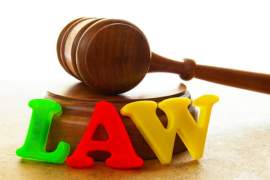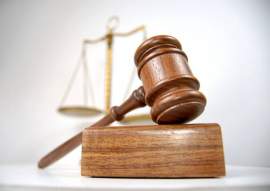
Basis of Responsibility in Misrepresentation and Disclosure Cases

The basis of responsibility in cases of misrepresentation, and nondisclosure is based on a comprehensive nexus between disclosure and liability, both of which combine to determine the extent one party has over the services or product they represent in a tort law situation. What the basis of responsibility seeks to ascertain is the level to which an individual can be held accountable in a given a situation, the restitution that must be made if they are found to have committed an act of misrepresentation or nondisclosure, or the level to which their responsibility can be mitigated, up to and including exoneration. Taken one at a time, disclosure measures the extent to which one party reveals elements or issues that pertain to a transaction or act of representation, the extent to which gauges their legal responsibility. Generally, as a rule, the greater one’s level of disclosure, the more diminished one’s level of responsibilities and liabilities are. Disclosure entails a measure of revealed information, and it is in the interest to a representing party to reveal information, especially when asked. Liability refers to the level of financial responsibility one can be held to in a particular representation. Usually, the more legally responsible one is for a product under tort law, the higher their respective liability is. Liability can take many forms, all of which are mitigated by the standard or duty of care (in essence, the measure of negligence or responsibility) the forms the basis of tort law, where lack of responsibility could be found to cause culpable negligence. Personal liability directly pertains to the financial responsibility one has due to their own personal actions, such as a case where one intentionally misrepresents the quality of a product so that it causes loss to another party. However, in some cases a more common form of liability entails is what is called vicarious liability, when a representative or someone under the legal auspices of a responsible party make that party liable. This most commonly occurs in the case of family members (such as dependents like children), employees, or other representatives, whose own individual bases of responsibility can be imposed upon the party they represent. For example, if an employee of a company avoids providing full disclosure or commits misrepresentation that causes a loss to the other party, the employee’s company can be held liable and responsible for the misrepresentations of the employee. Three factors that can mitigate or absolve a responsibly party, and can be appropriated as defensible arguments against charges of liability, are consent, illegality of practice, or contributory negligence. Consent naturally applies to the willingness of a party to enter into a situation that will willfully place them in a losing (or loss accruing position), which would mitigate or even absolve a party from liability. Illegality represents an instance where responsibility is mitigated despite misrepresentation because the service or product was used while the other party was pursuant to a crime. Contributory negligence occurs in situations where both sides misrepresent or commit nondisclosure, leading to legal responsibility and liability shared on both sides. All of these issues can effect liability, which can in term balance the extent to which the basis of responsibility can be ascertained to hold a party at fault or culpable for an act of misrepresentation or nondisclosure.



















